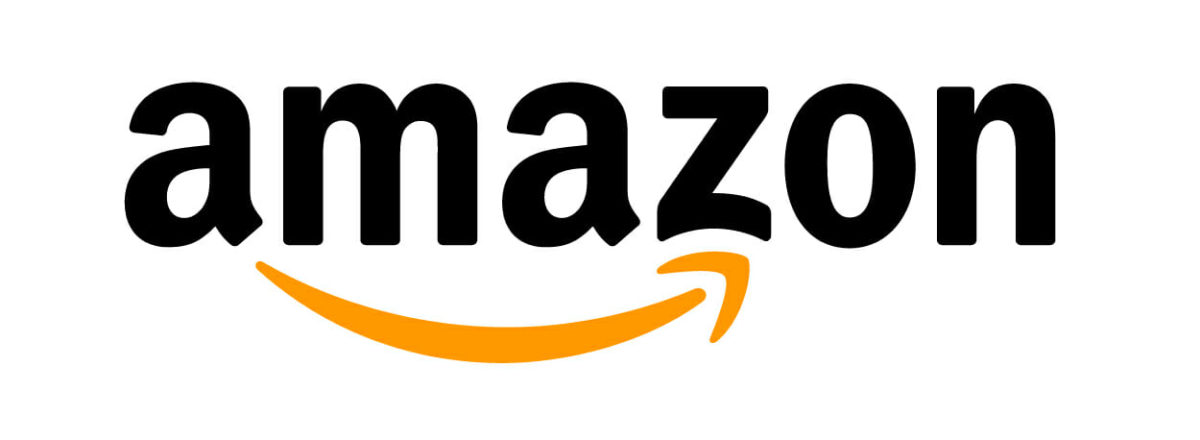The ATS market is not really about the ATS anymore. Companies are investing in solutions that are less about compliance and workflow and more about strategic talent acquisition. This is a market where differentiators go beyond product capabilities and include services, customer support, and leadership. This new reality certainly rang true at SmartRecruiter’s Hiring Success event in San Francisco last week. Over 1000 companies came together to discuss topics such as diversity and inclusion, recruitment marketing, and collaboration. Most of the sessions didn’t even mention ATS.
SmartRecruiters’ CEO, Jerome Ternynck, kicked off the conference defining what success looks like including a positive candidate experience, hiring manager accountability, and recruiter efficiency. It was a refreshing and simple message for a very complex topic. In addition to some very meaningful discussions about the role of talent acquisition, SmartRecruiters made some significant product and company announcements last week.
For those of you not there, here are the ten things we think you might want to know:
- SmartJobs: SmartRecruiters has launched its own programmatic advertising solution that will help companies with job advertising and attracting talent.
- Recruiter Assistant: As most talent acquisition providers are marching down the path of AI, SmartRecruiters is offering its own AI solution to help communicate with candidates and enable better decision making.
- SmartStart– If you have been in talent acquisition for the past ten years, SmartRecruiters original vision back in 2008 was to offer a free ATS to companies. They are continuing that commitment with SmartStart, a free ATS for companies with under 250 employees.
- CRM: In our latest survey, we found that 1 in 4 companies are looking at their ATS for CRM capabilities. So, it is no surprise that SmartRecruiters has developed a CRM solution to help attract and nurture leads.
- Shelley Winner– SmartRecruiters included candidates in their agenda. Shelley Winner presented a truly inspirational story about her candidate journey from prison to her role as an impressive Microsoft product leader.
- Leadership: Jerome’s passion for recruitment is hard to deny. He is the type of CEO that greets every customer and employee with a hug. With so many startups and ERPs dipping their toes in talent acquisition, this expertise and commitment to this space is rare. (Dan Finnigan, CEO of Jobvite, and Colin Day, CEO of iCIMS, also fall under this category.):
- Ecosystem: Most talent acquisition user conferences do not have a large expo or partner presence. Hiring Success was an exception. Many of the leading talent acquisition providers were in attendance at this conference both in sessions and in the expo.
- Diverse Industries: It is hard to find a company in the Bay area that is growing outside of the tech market. So, it was encouraging to see a wide mix of industries including retail, hospitality, professional services, and healthcare.
- Moving Up Market: Like many of their peers, SmartRecruiters is moving up market with significant customer wins in the past year including Adidas and Avery Denison. Avery Denison said that integration with LinkedIn and Workday were key factors in their decision to move to SmartRecruiters.
- Nor’easter: With 18 inches of snow headed for the east coast last week, I was very happy to be in San Francisco and in no rush to go home.
It is amazing to see how much talent acquisition has evolved in the past few years and how companies are thinking more strategically about the way they recruit and hire talent. These conferences are a reminder of how critical talent acquisition is in both hiring success and organizational success.








